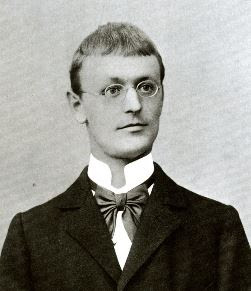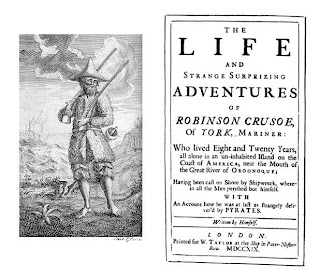Tomas Transtromer's "Further In"
And marks = tracks = poems remind me of Transtromer's "Further In": Walk in the tracks of the badger. * FURTHER IN It's the main highway leading in, the sun soon down. Traffic backs up, creeps along, it's a torpid glittering dragon. I am a scale on that dragon. The red sun all at once blazes in my windshield, pouring in, and makes me transparent. Some writing shows up inside me--words written with invisible ink appearing when the paper is held over a fire. I know that I have to go far away, straight through the city, out the other side, then step out and walk a long time in the woods. Walk in the tracks of the badger. Growing hard to see, nearly dark. Stones lie about on the moss. One of these stones is precious. It can change everything. It can make the darkness shine. It's the light switch for the whole country. Everything depends on it. Look at it . . . touch it . . . translated by Robert Bly





